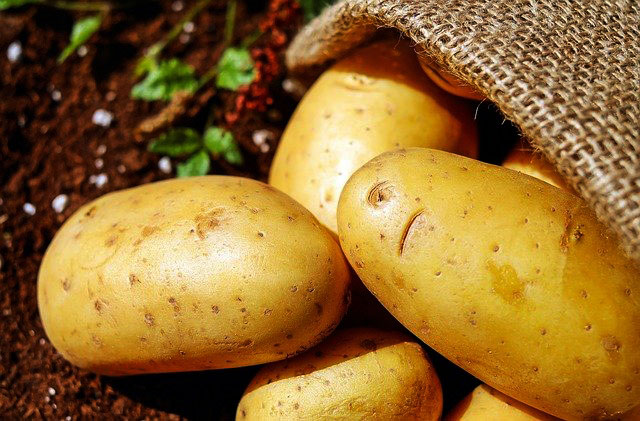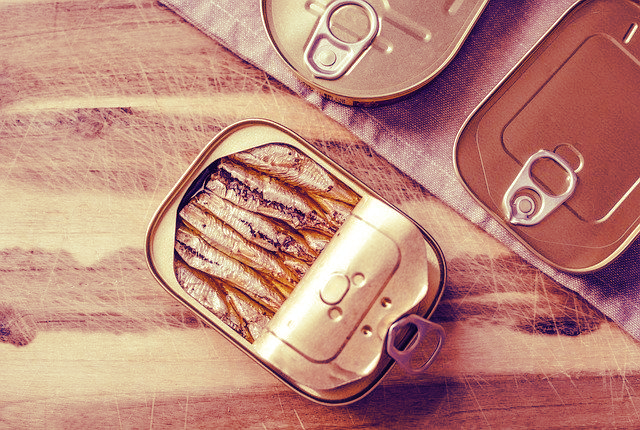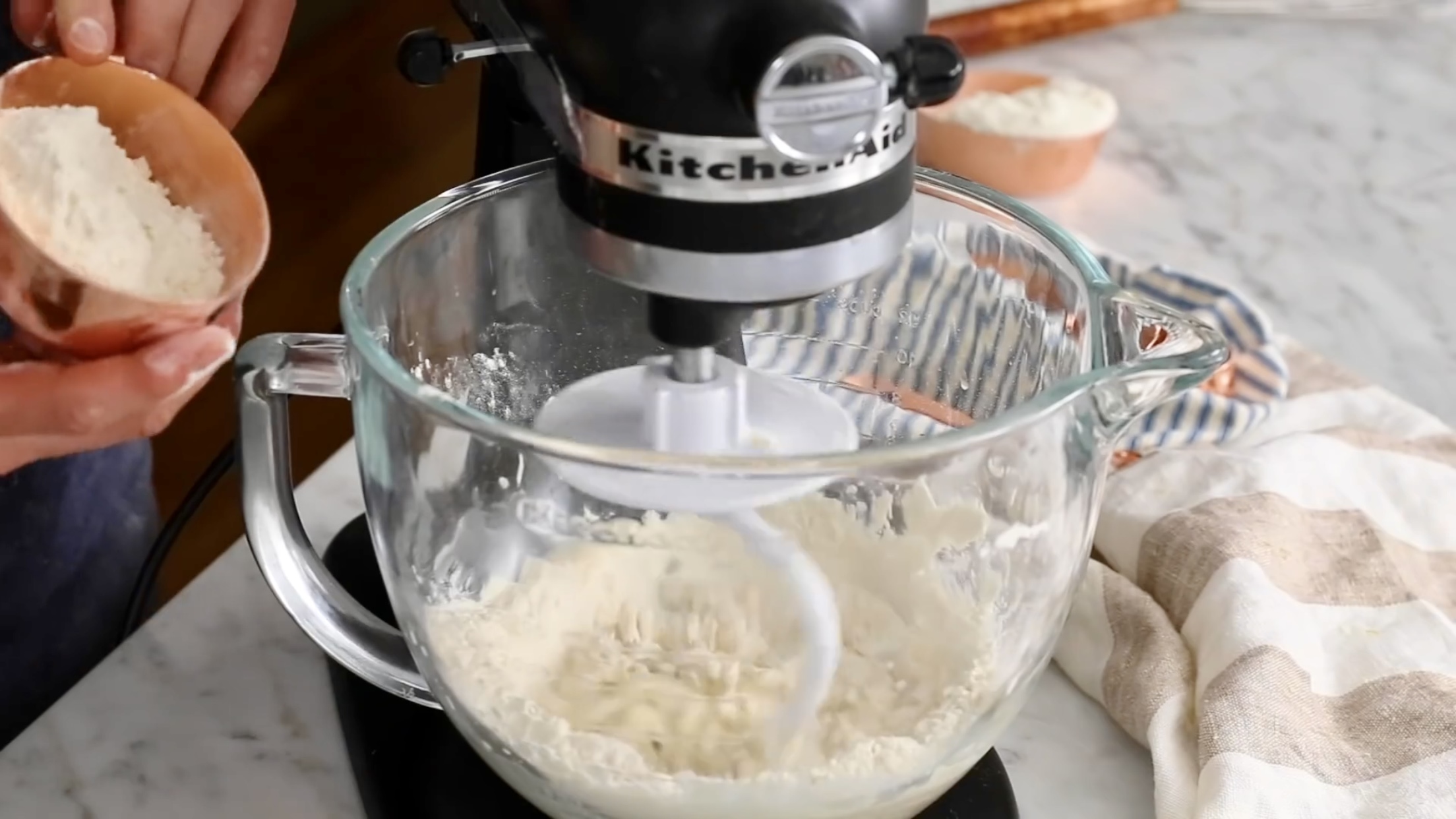Were you raised by wolves? If you're going to be all chi-chi and insist upon special sea salt for daily salting needs, you're not going to put it in a shaker. You put it in a salt cellar, from which you daintily spoon out (and only with a special spoon) teensy little portions of salt, with which you season your food. Alternatively, you may pick up teensy pinches of salt between your thumb and index and middle fingers and gently sprinkle the salt onto your food. You may reach into the salt cellar as many times as you like, provided you only take teensy pinches, and provided that your fingers are scrupulously clean. (In the absence of an onyx or jade salt cellar, you may use a small bowl, but you have to act as if it's fancy.)
One of the great merits of sea salts is that they come in different shapes and textures, so that different varieties dissolve in the mouth more or less quickly and therefore impart different tastes. It may be that you cannot practically jam your favorite sea salt into your pathetic, constricting salt shaker and hope to have it sprinkle freely. Perhaps you'll have to search far and wide to find a shaker with holes large enough to adequately strew your sea salt.
But no matter what salt you use, the problem with clogged shakers is generally a function of moisture causing the crystals to clump. Some of the very fluffy, flaky sea salts are particularly prone to absorbing moisture and clumping. If you will insist on using a salt shaker, you can add a half teaspoon or so of raw rice grains to the shaker to absorb the moisture, which should keep the salt flowing freely. If you come to your senses and use a salt cellar, you can tie the rice in a cheesecloth bundle, a little like a bouquet garni, and put that in the cellar (although quite frankly, it doesn't convey the sense of beauty and glamour that you're striving for). In any event, only put out modest amounts of salt, and store the rest in a very dry place.

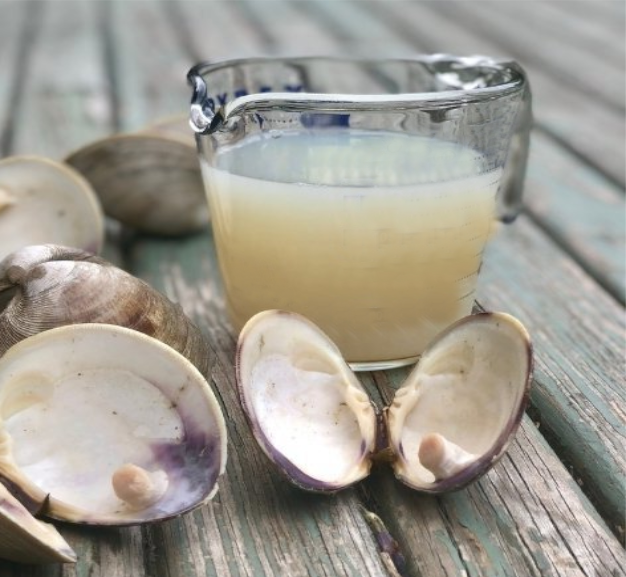


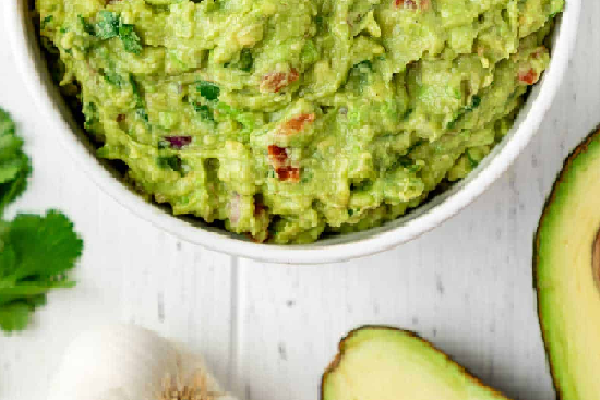









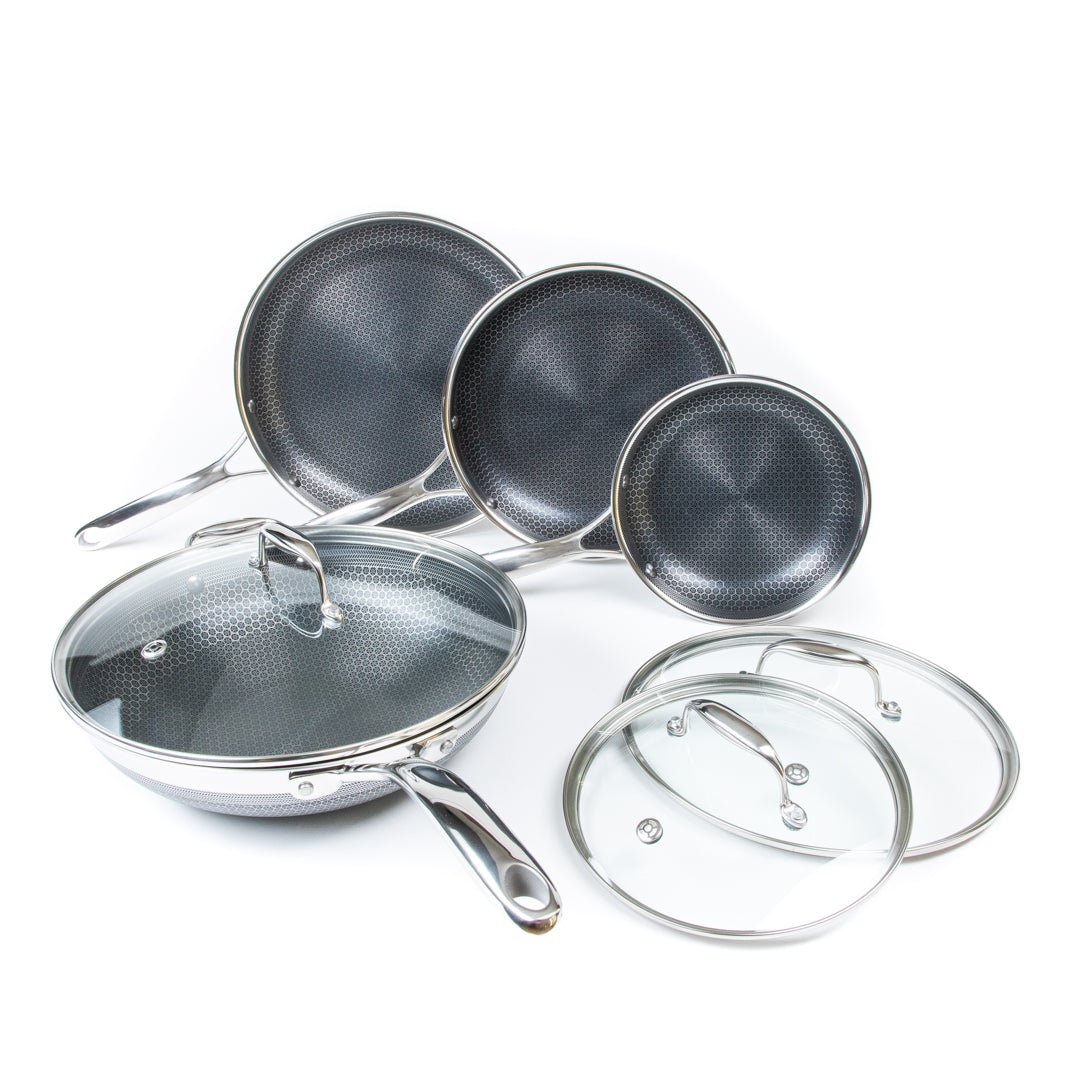


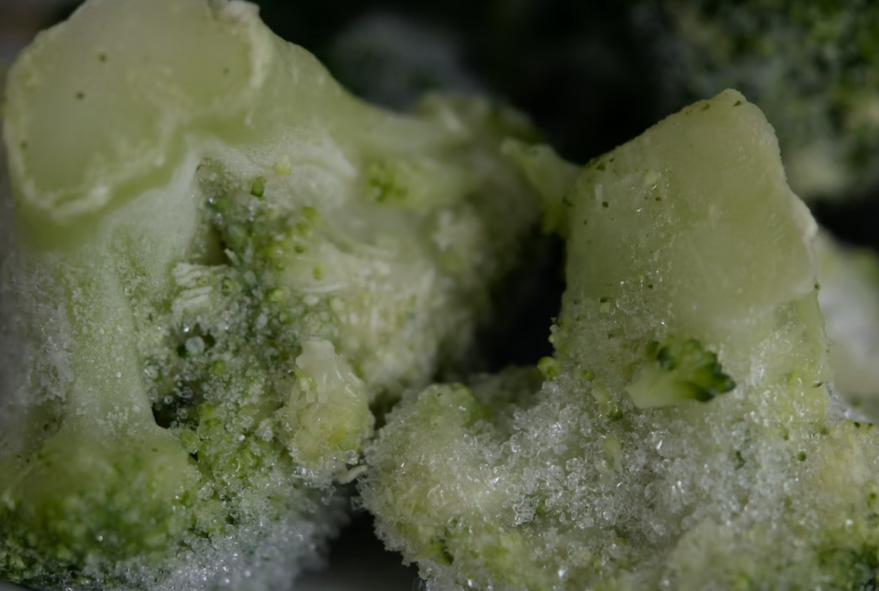

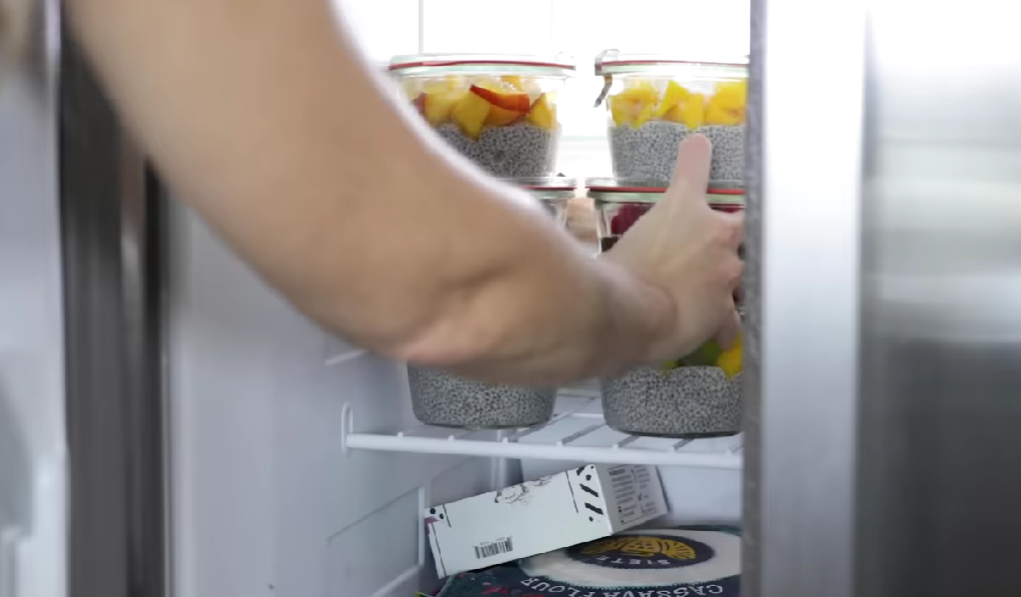

![Can you Cook Eggs in the Microwave? [Complete Guide]](/assets/images/c1f79d1cad59f18f9b5dc31403bd0eb2.png)

